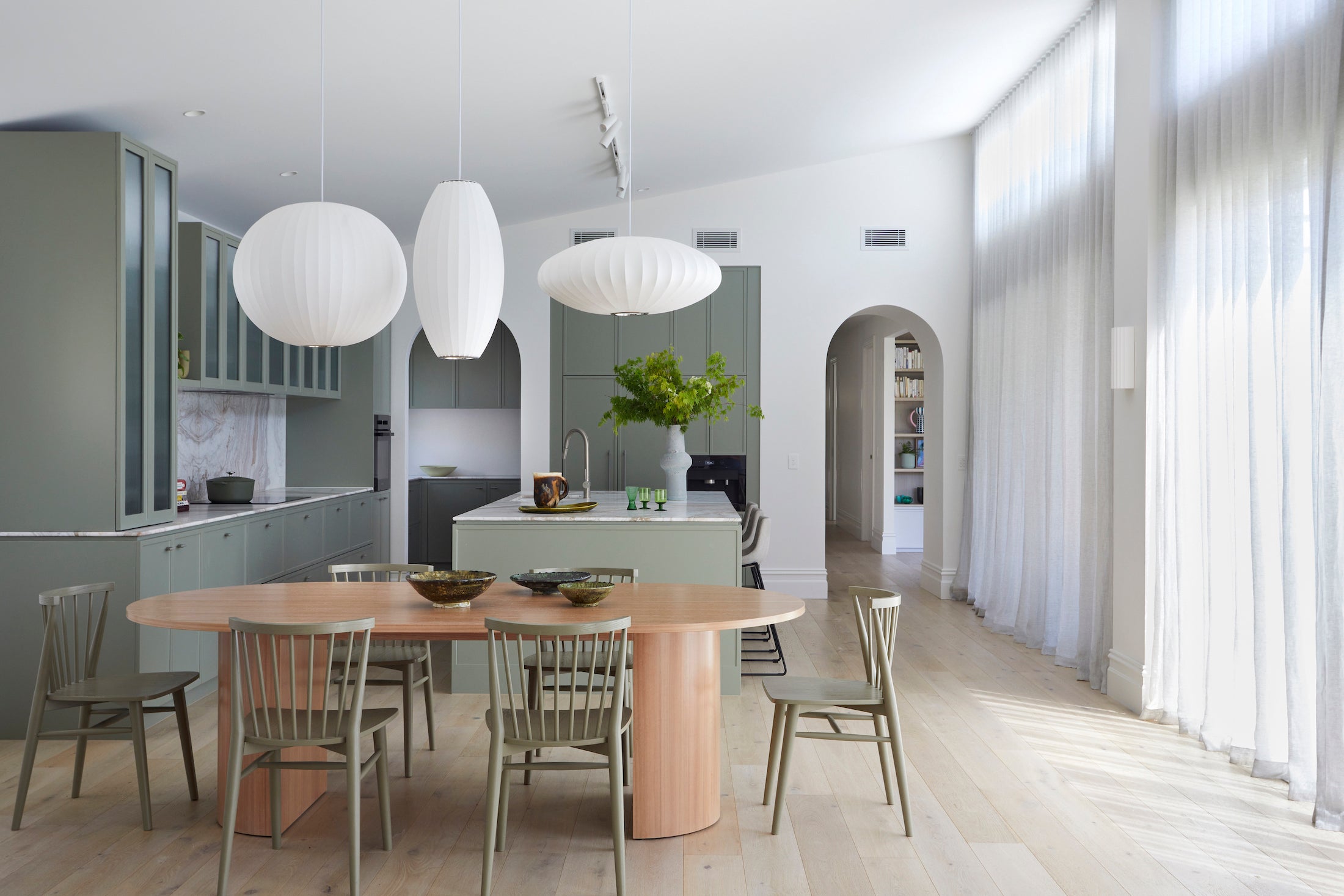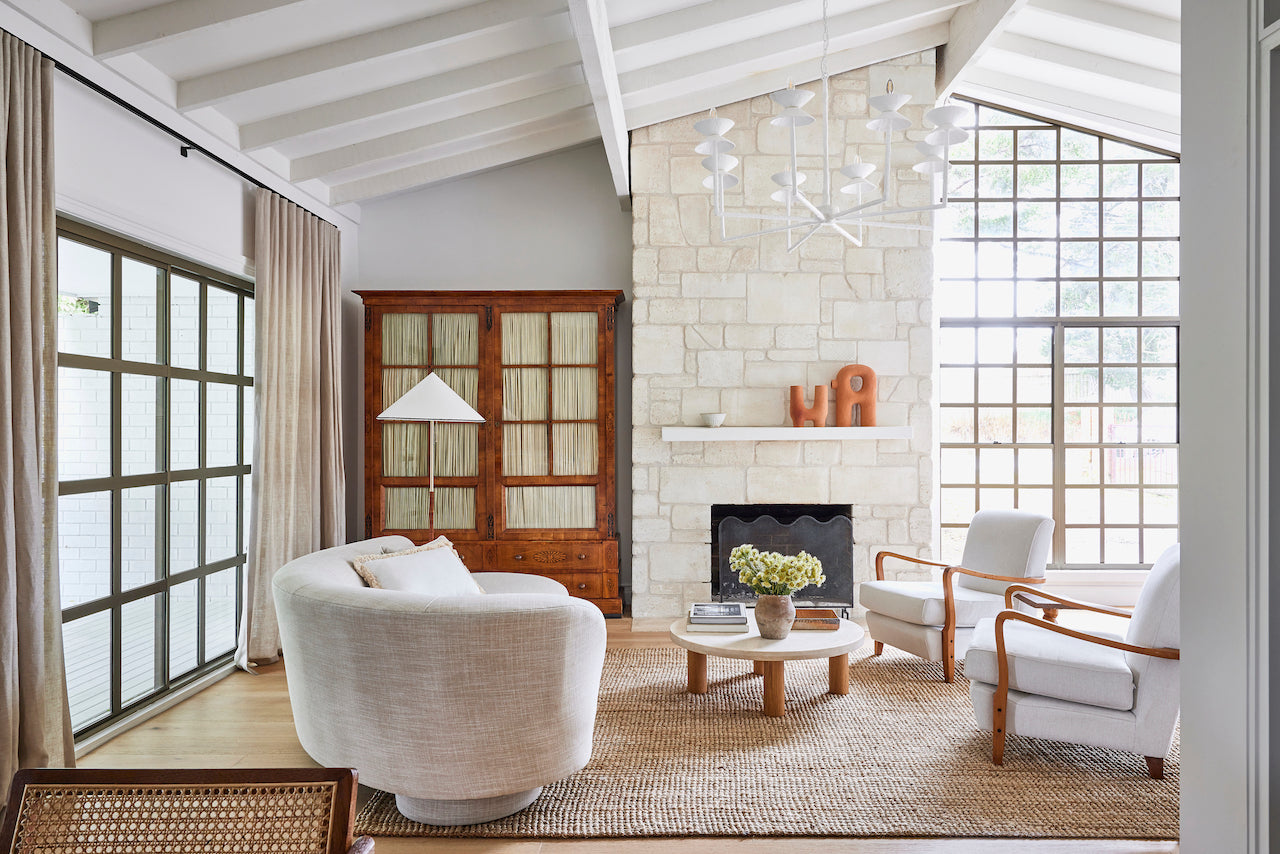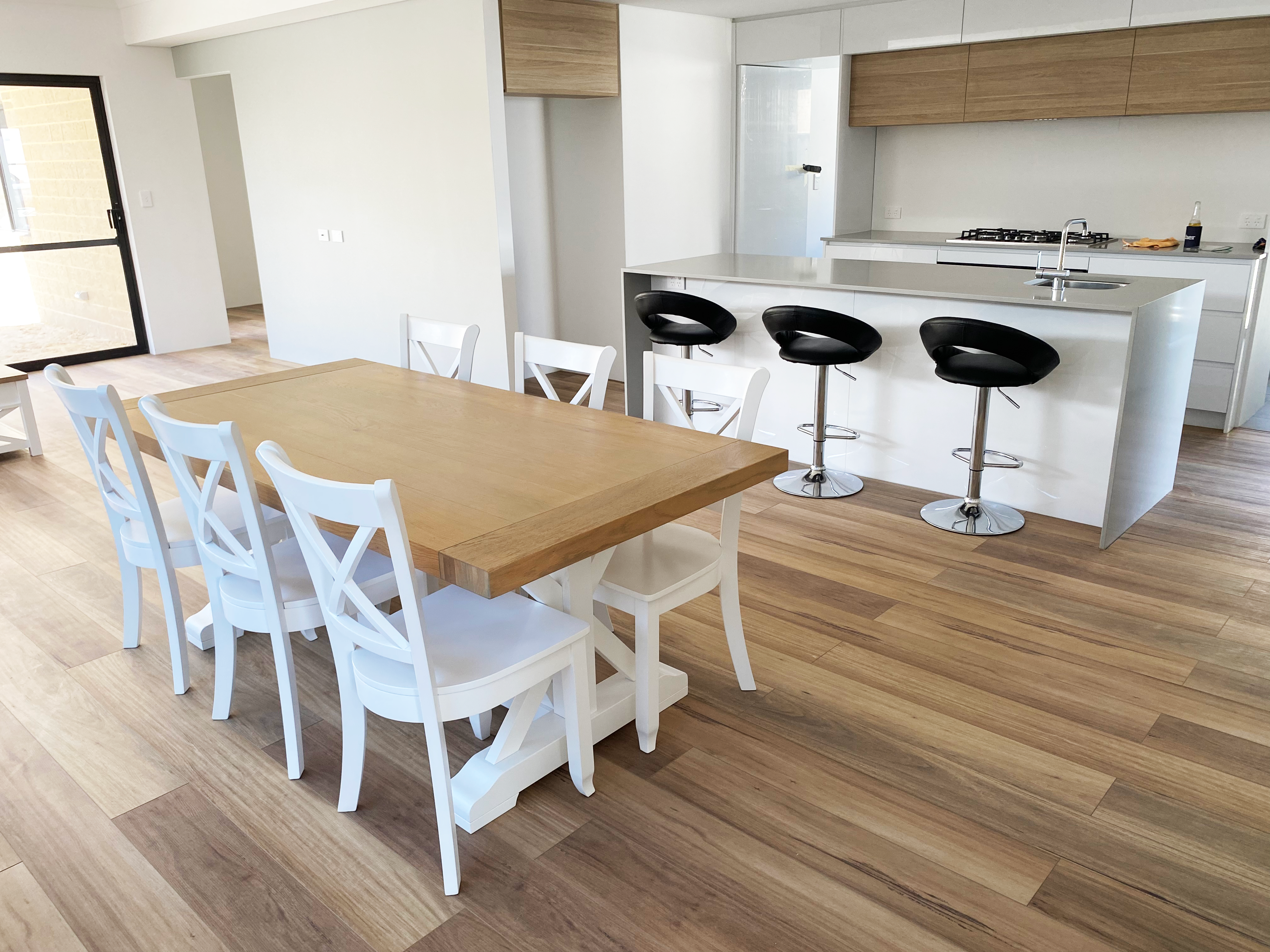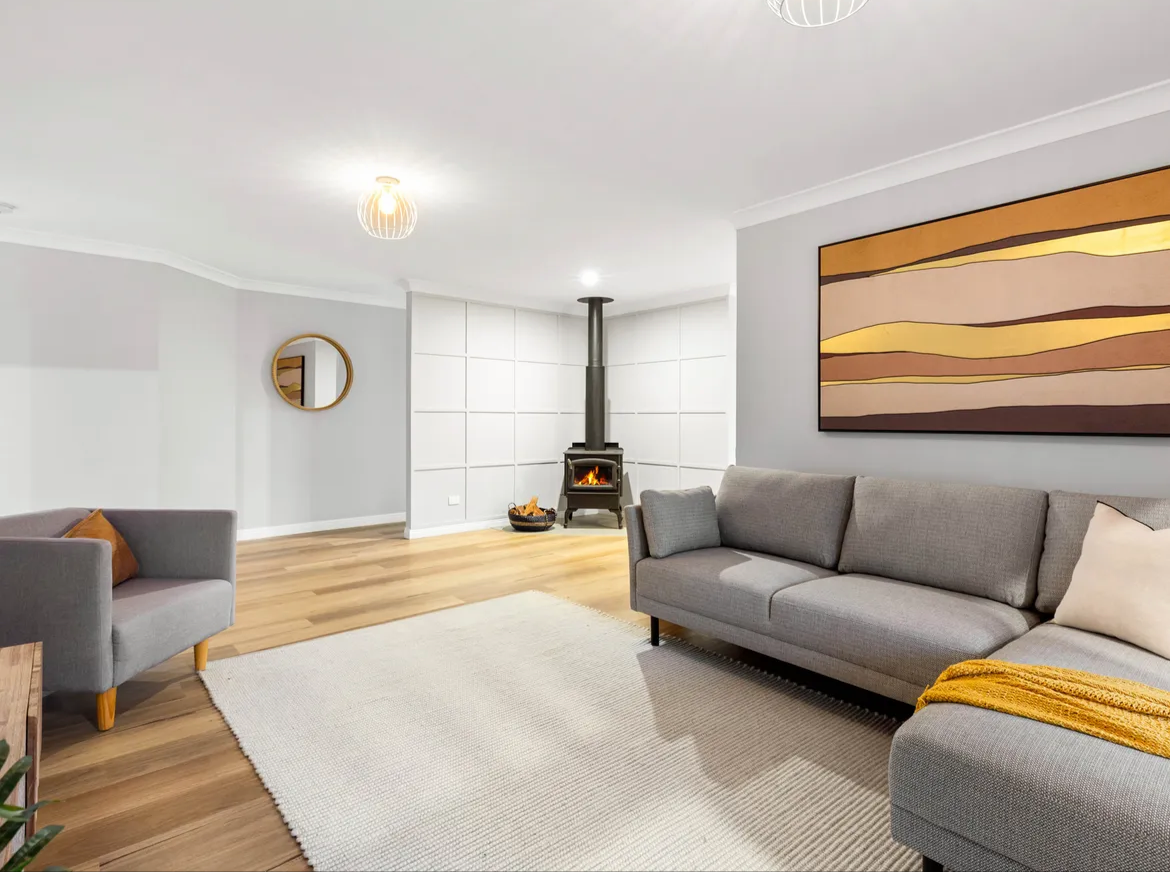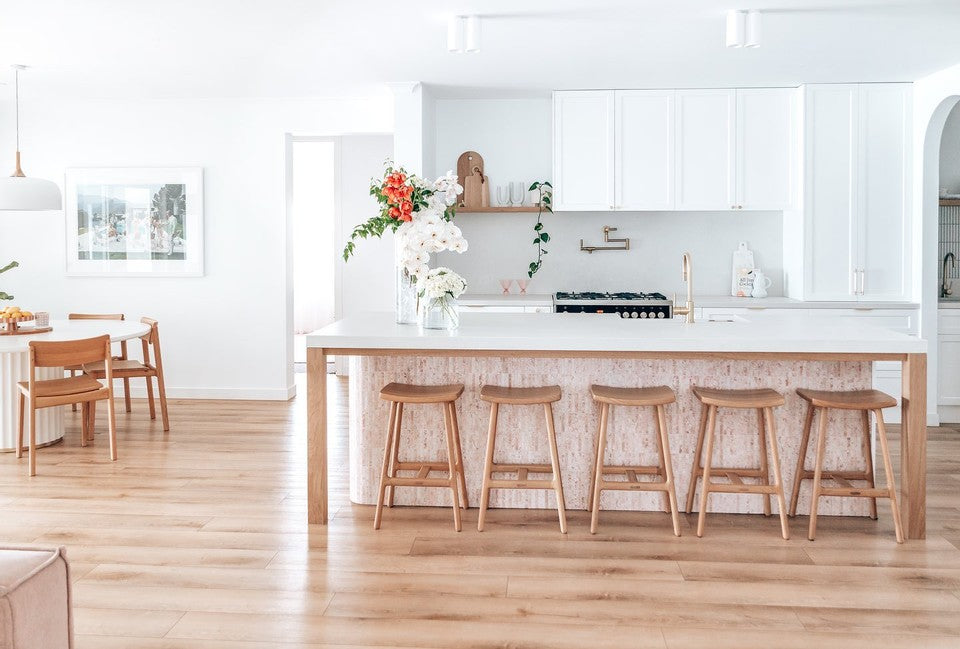
Hybrid floors
Hybrid floor boards include a combination of materials and are a popular choice for homes and offices.
In this article, we’ll take you through the ins and outs of hybrid flooring, so you can decide whether it’s the right option for you.
What are the benefits?
Since hybrid floors have a combination of vinyl and laminate flooring, they make for a great scratch-resistant, durable, and waterproof option at home.
These floor boards have the look and feel of real timber without the cost! To achieve this look, photos are taken of real timber and digitally manipulated to create each individual hybrid board.
You can also float hybrid floors over existing floorboards, or you can install tiles with hybrid floors on top. As you can see, hybrid floors are a versatile and popular choice for many of our customers.
The difference between WPC and SPC hybrid flooring
WPC hybrid flooring
A WPC floor is made from a wood plastic composite, meaning it’s soft and comfortable underfoot.
It’s typically installed in kitchens, laundries and bathrooms, but keep in mind that you can’t install this type of flooring around bathroom drainages.
Here are the WPC layers:
- UV coating (Wear layer)
- Decor film
- Core – wood-like or wood materials (i.e: wood flour & plasticisers)
- 1.5mm pre-attached high quality foam underlay
Pros to WPC flooring
- WPC flooring is perfect for busy households with pets and kids, and you can even install it up the stairs.
- It feels more comfortable underfoot than other floors such as SPC.
- Plus, if you need to get around those tricky stair corners, we offer stair-nosing as well!
Cons to WPC flooring
- Although this type of floor is very pet-friendly, make sure that you wipe up any accidents like urine spills immediately to avoid any long-term deterioration on the board.
- There is a slightly higher chance of dent damage if you were to drop a heavy item or drag heavy furniture along this type of floor.
SPC hybrid flooring
An SPC floor is made from a stone polymer composite, which gives it a stiffer feel underfoot.
The stone polymer composite in SPC flooring is essentially made up of stone shavings which have been compressed into a core board. Then, there is a decor layer and coating over the top.
Here are the SPC layers:
- UV coating (Wear layer)
- SPC print layer (decor film)
- SPC core
- Balanced layer
- Underlay
Pros to SPC flooring
- SPC flooring is strong, doesn’t distort or warp, keeps heat inside, and doesn’t produce much noise when you walk across it.
- SPC floors have no added foaming agent, which gives it a stronger and more robust core.
- With an inbuilt 1.5mm underlay, you won’t need the mess of gluing your new floors together.
- It’s great for commercial spaces such as offices and retail stores.
Cons to SPC flooring
- It’s an affordable, entry level product.
- Although it’s a laminate floor with inbuilt underlay and waterproof properties, it can be hard underfoot, which is why many people choose to go with a premium option when purchasing SPC with us at Flooring Online.
How much should I order for my home?
We typically find that our customers tend to order anywhere between 60-100sq/m for a single storey home.
If you’re unsure about how much you need for your home or office, get in touch with us online and we’ll help you figure out what you need.
How do I take care of hybrid flooring?
It’s nice and easy to take care of these types of floors.
Make sure you’re regularly sweeping the floors and cleaning up after messes with a spray mop. Plus, the occasional deep clean will ensure they stay in prime condition.
By Ebony Fraser


